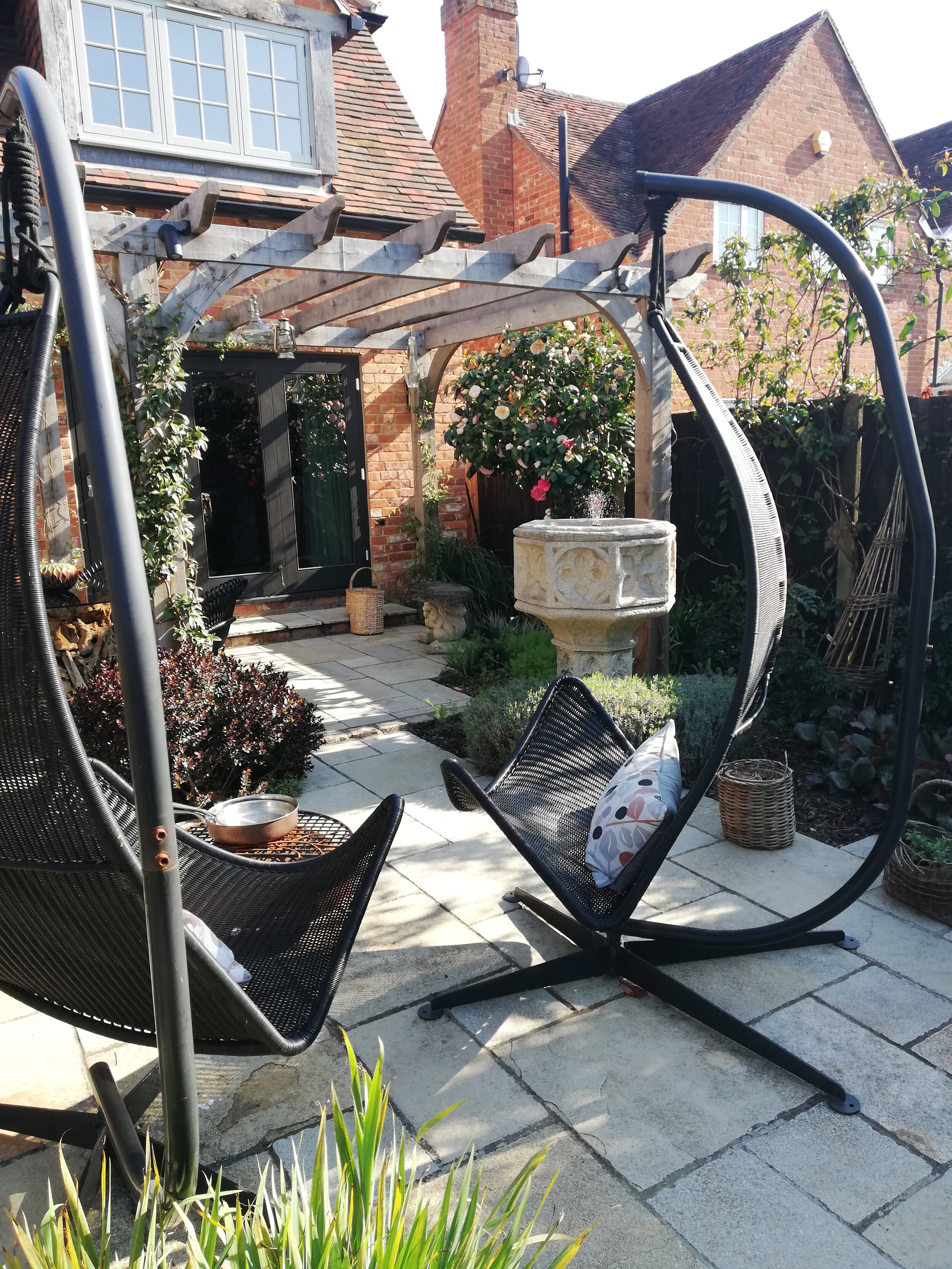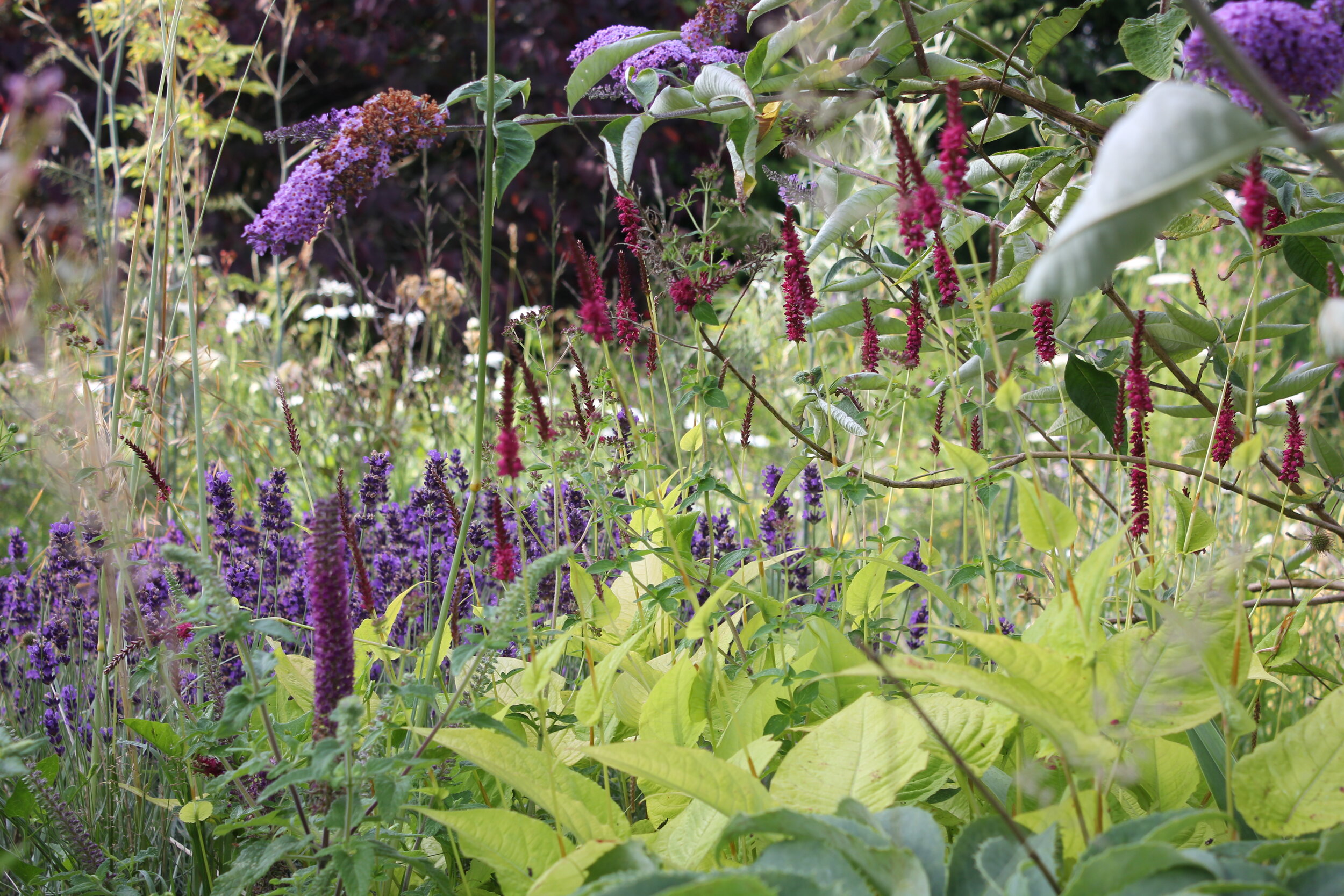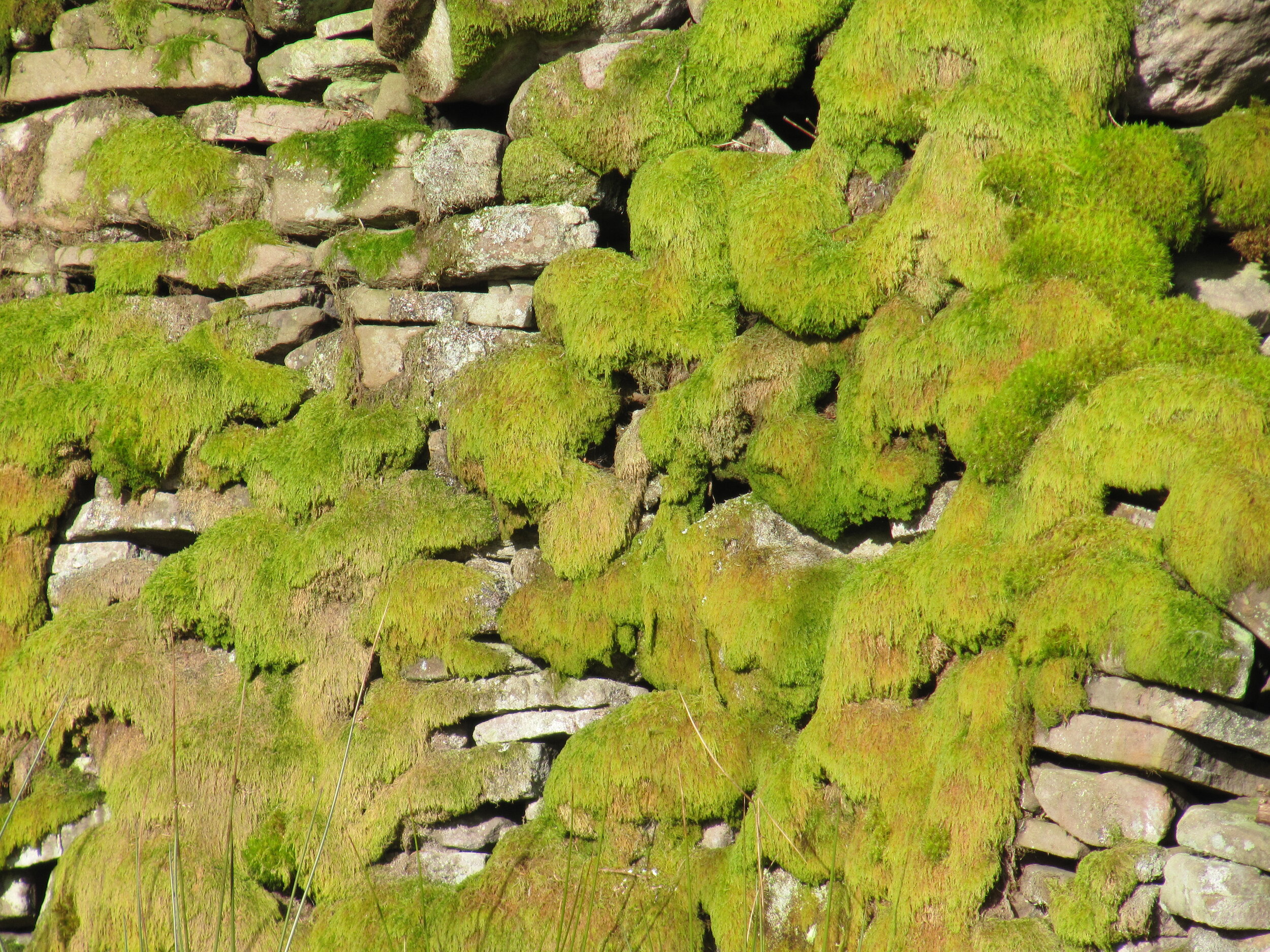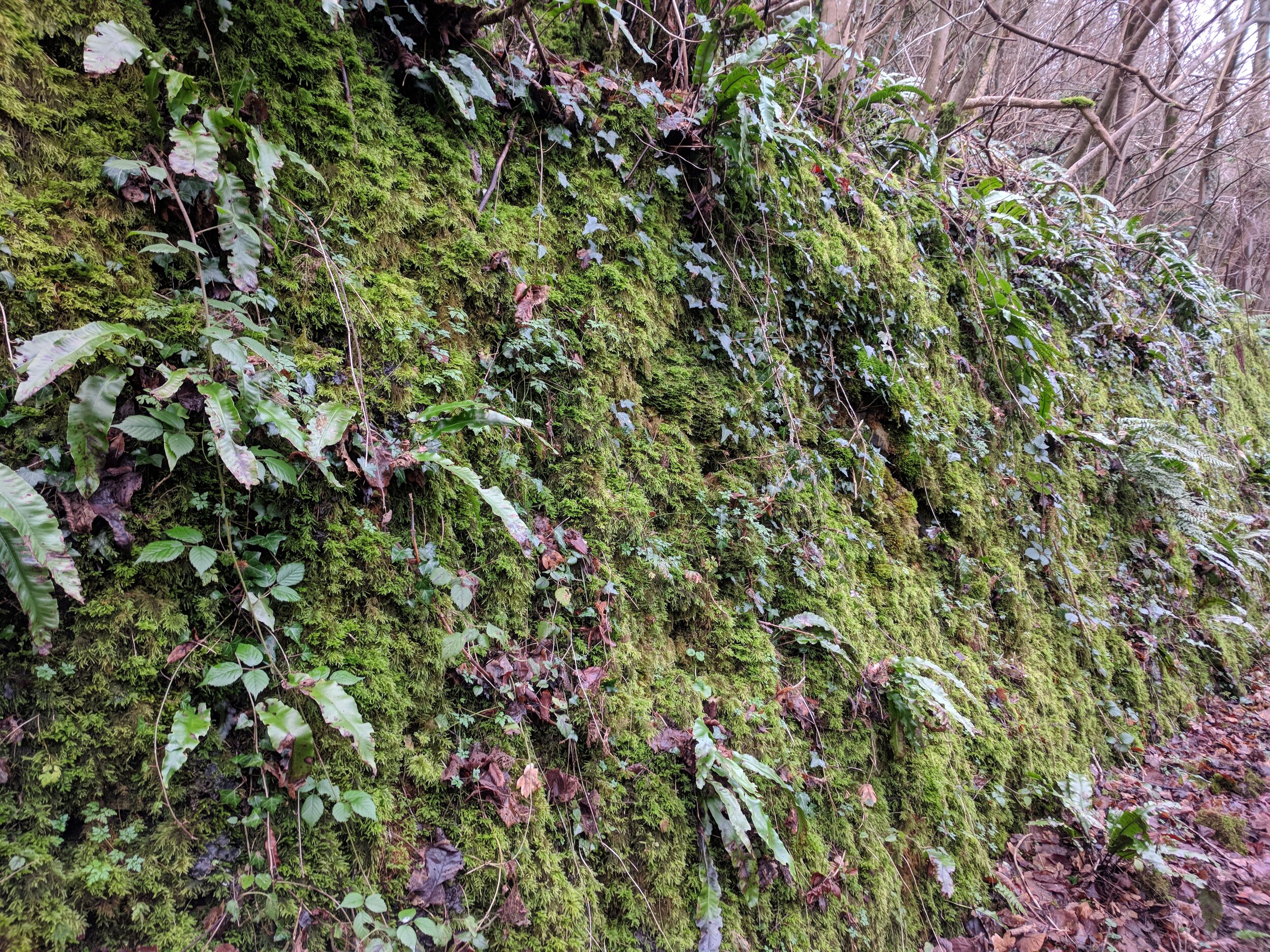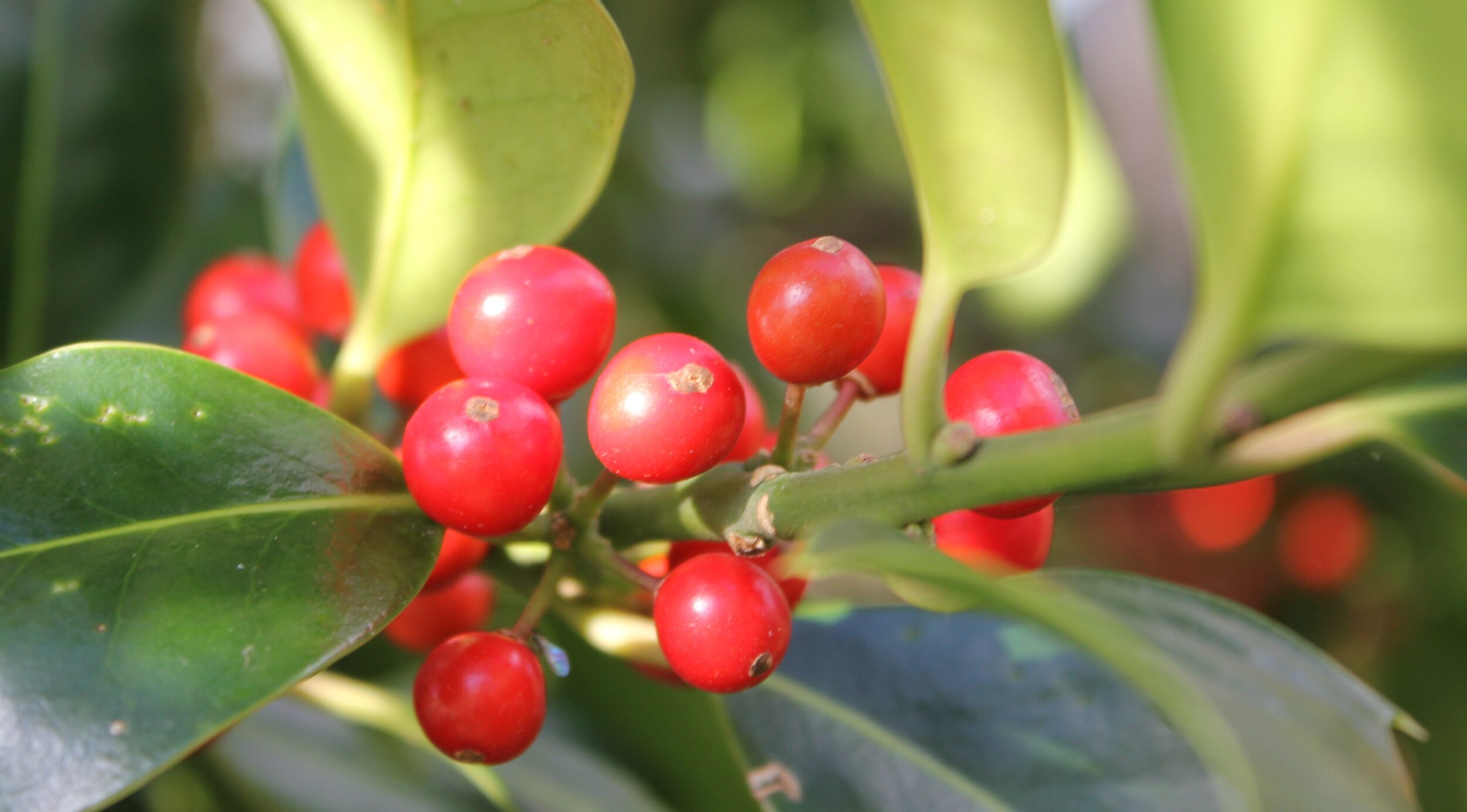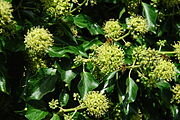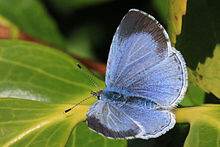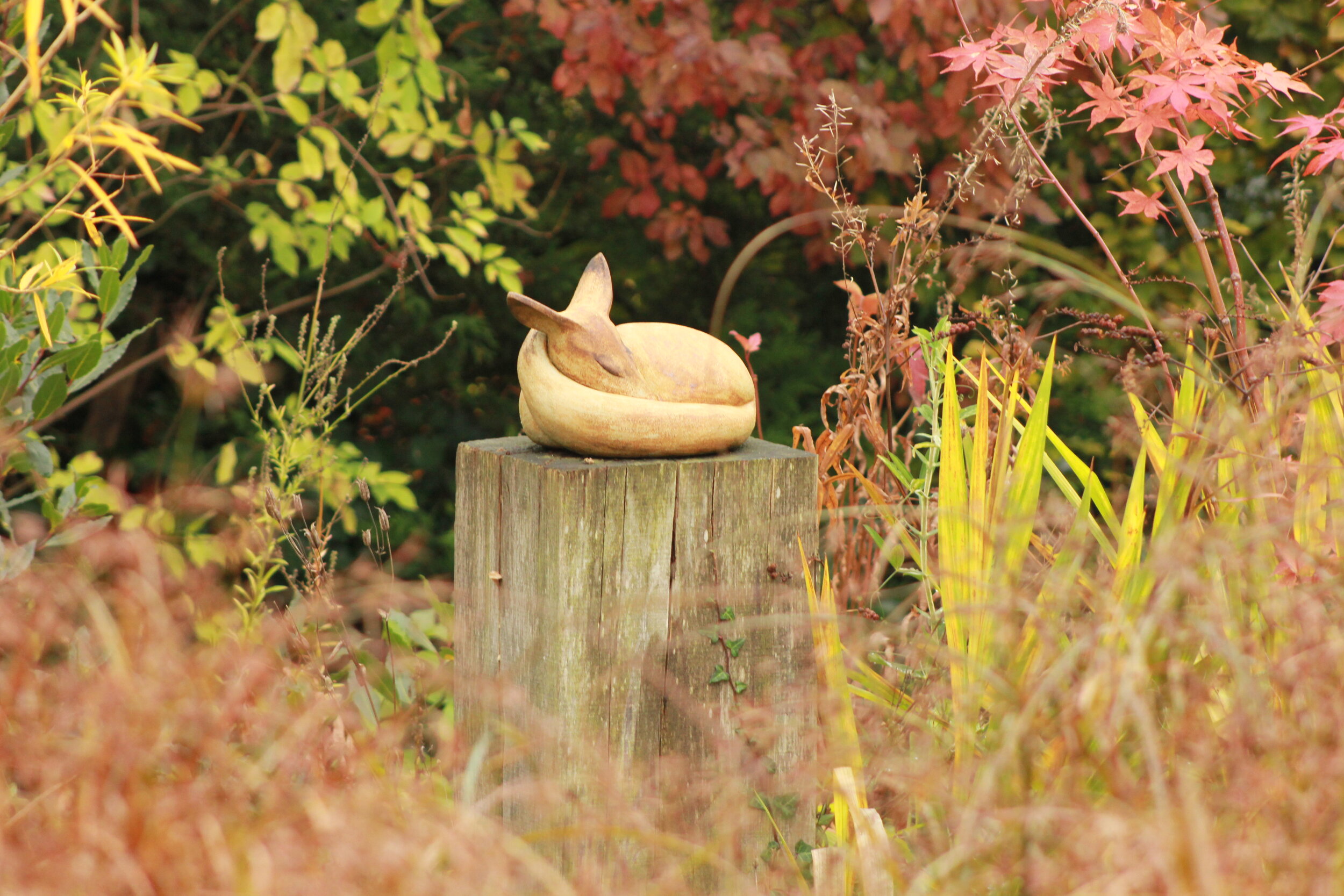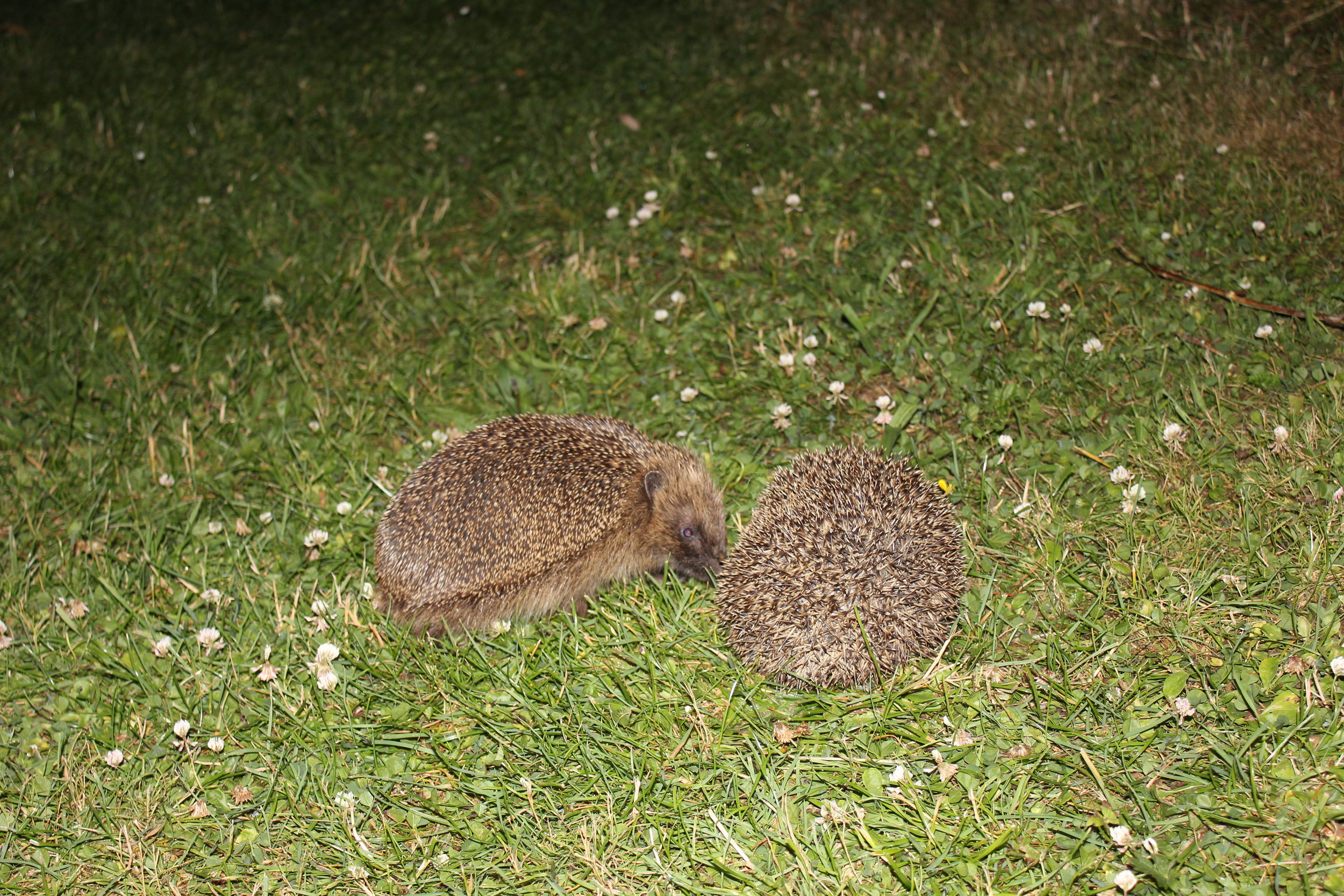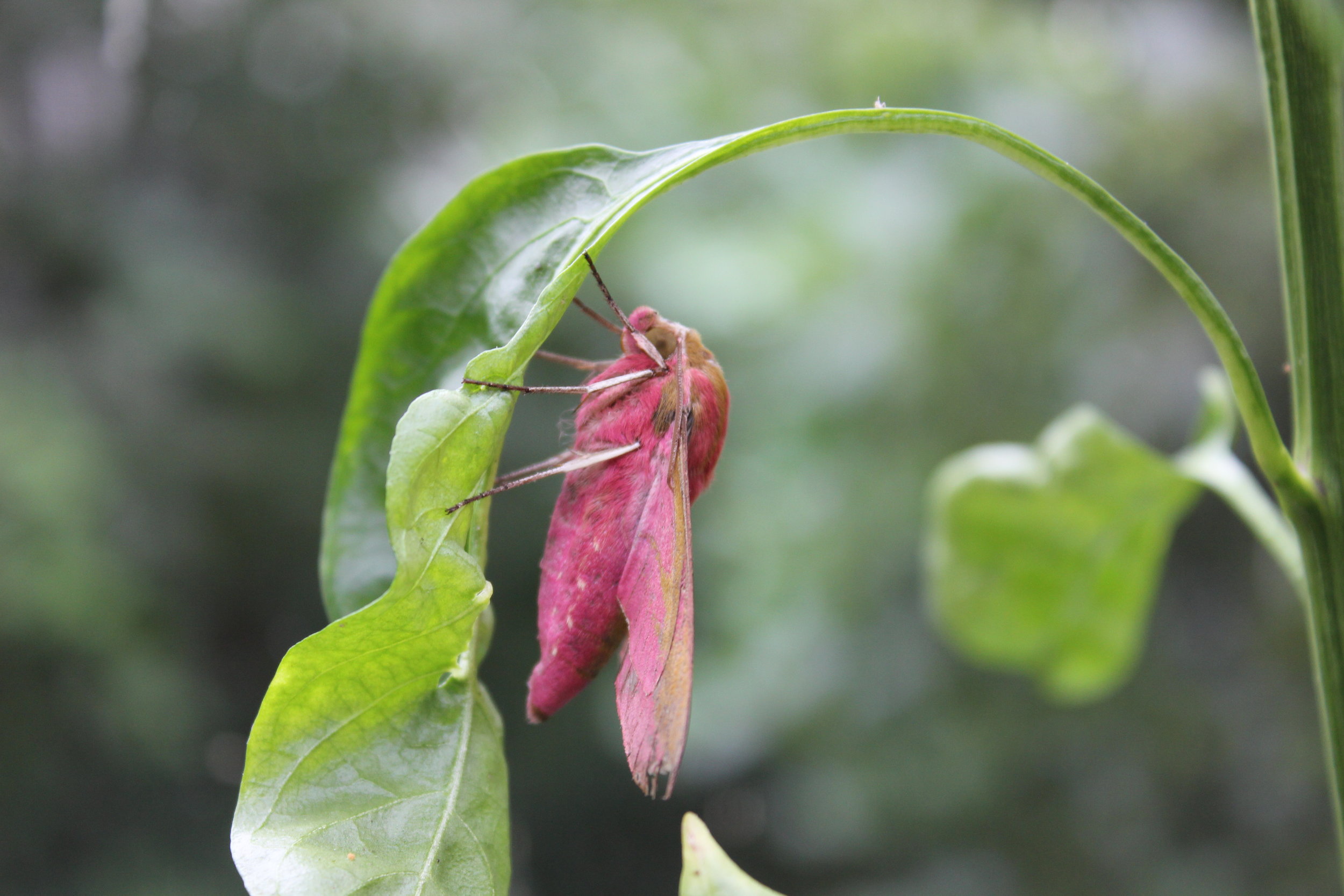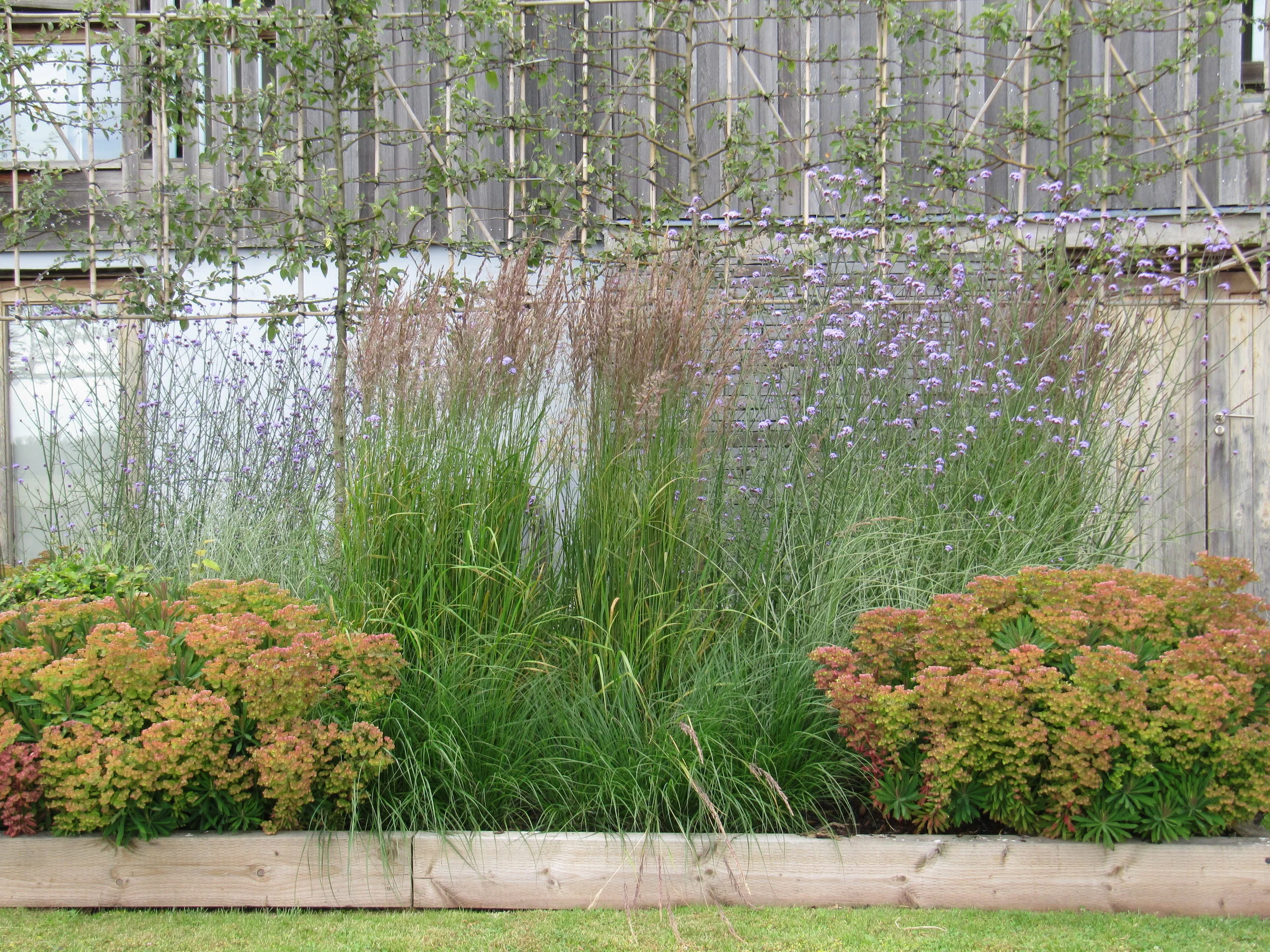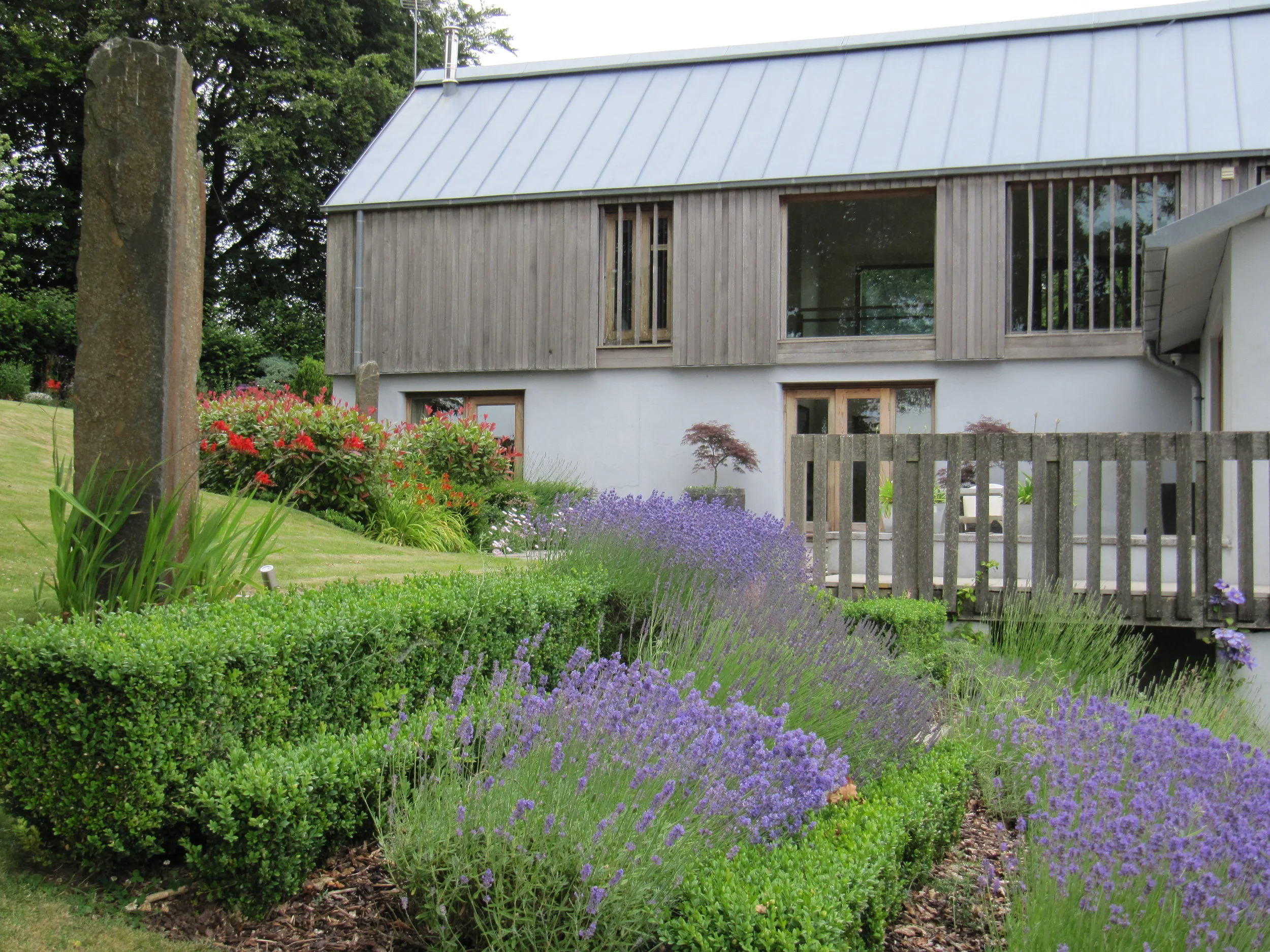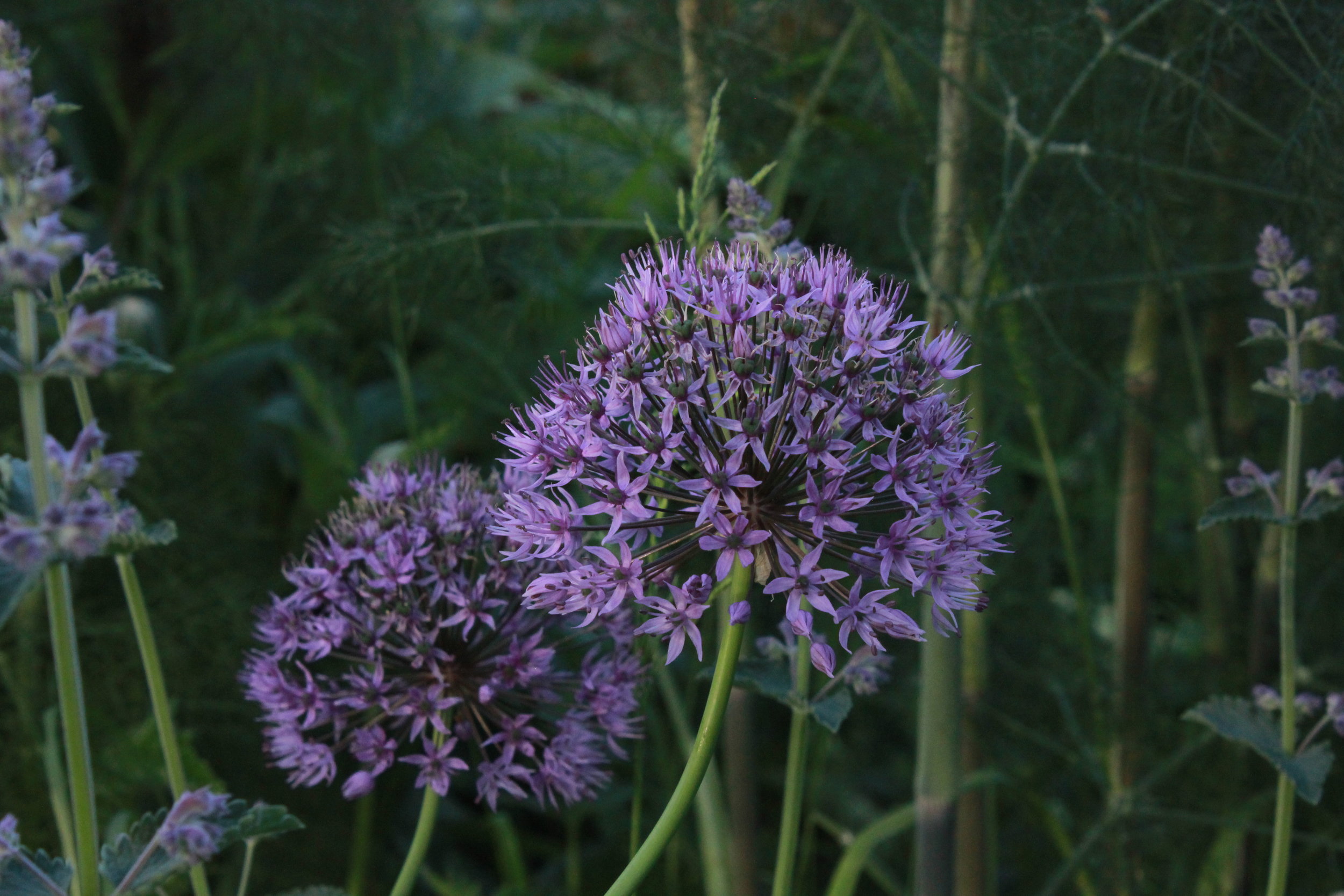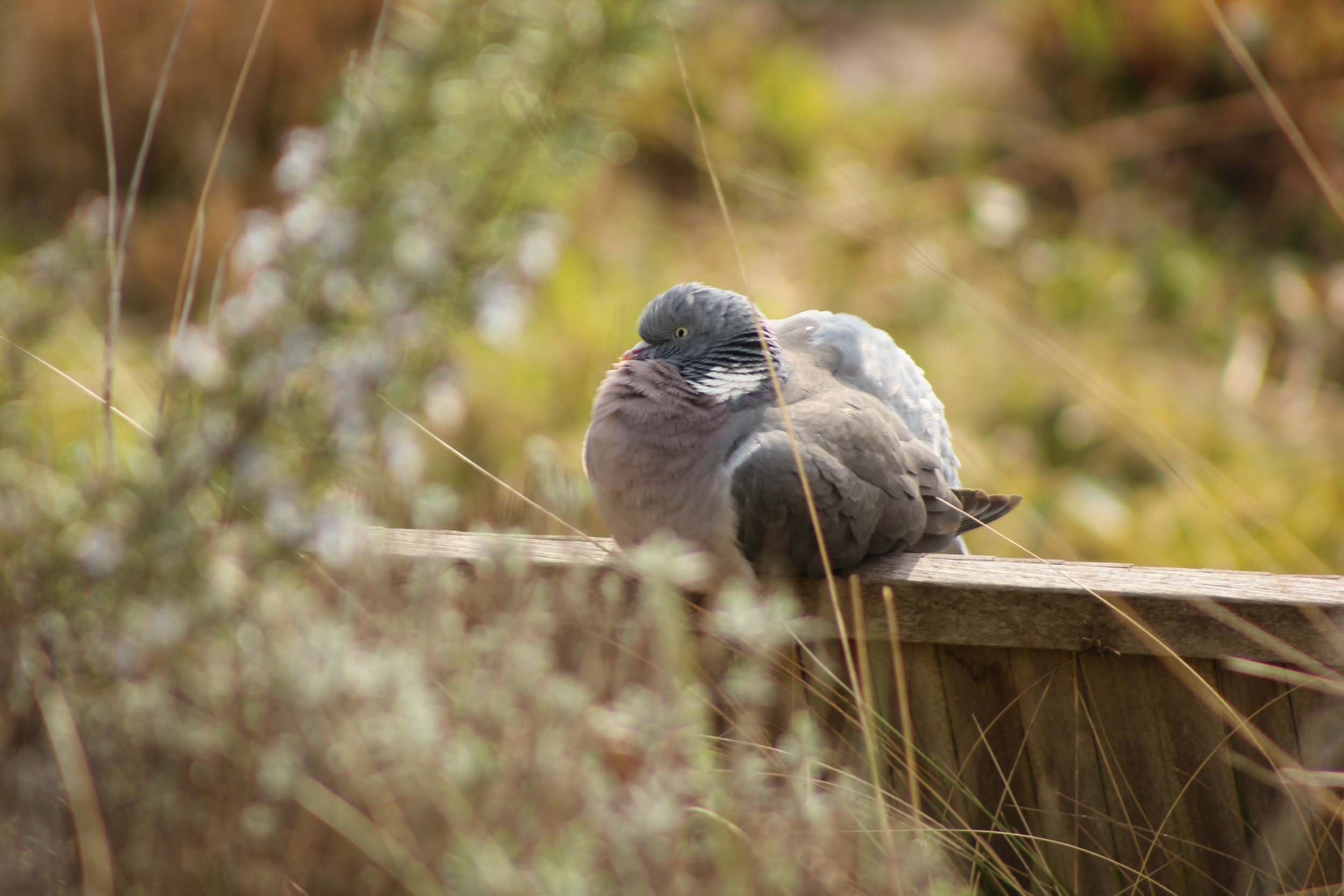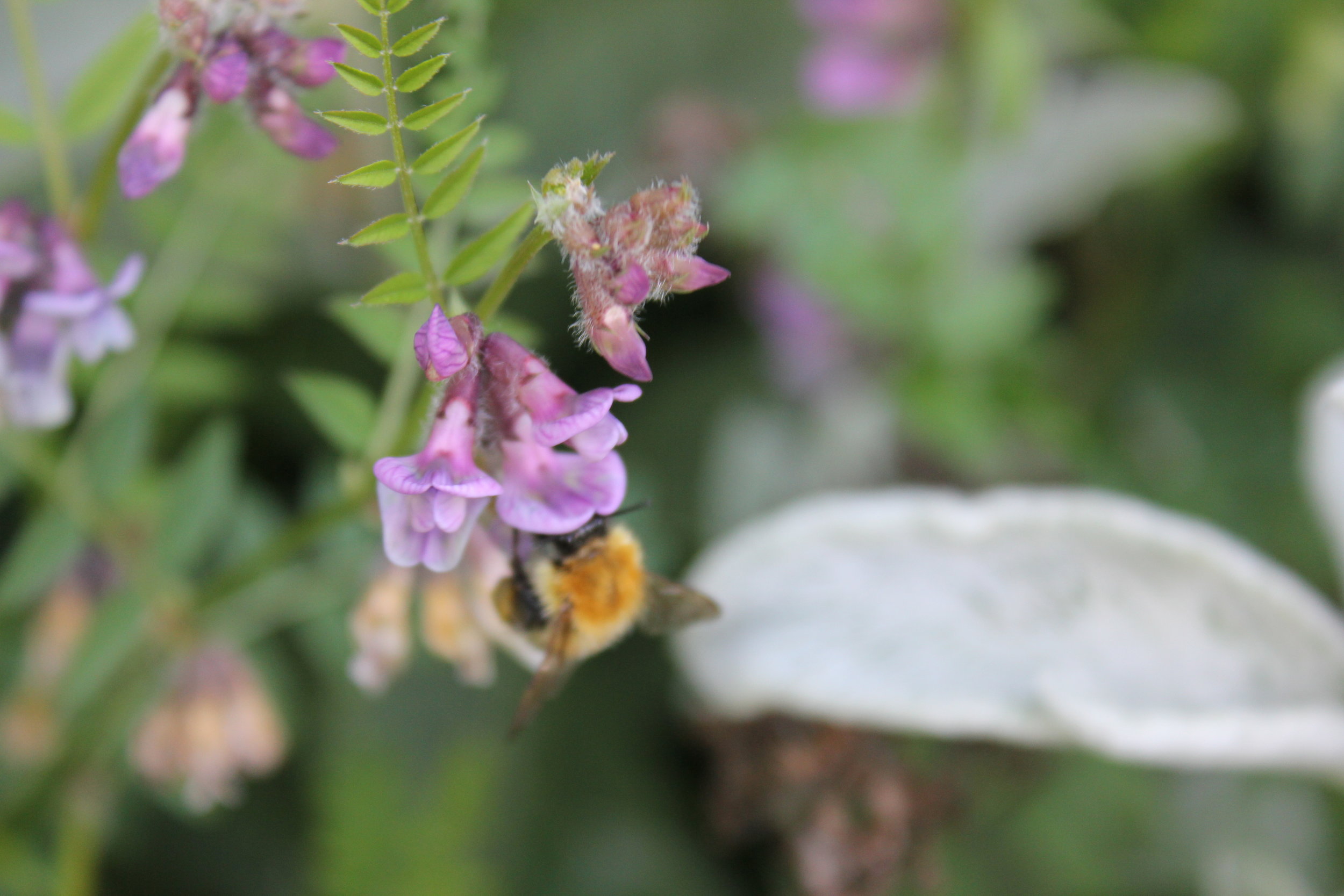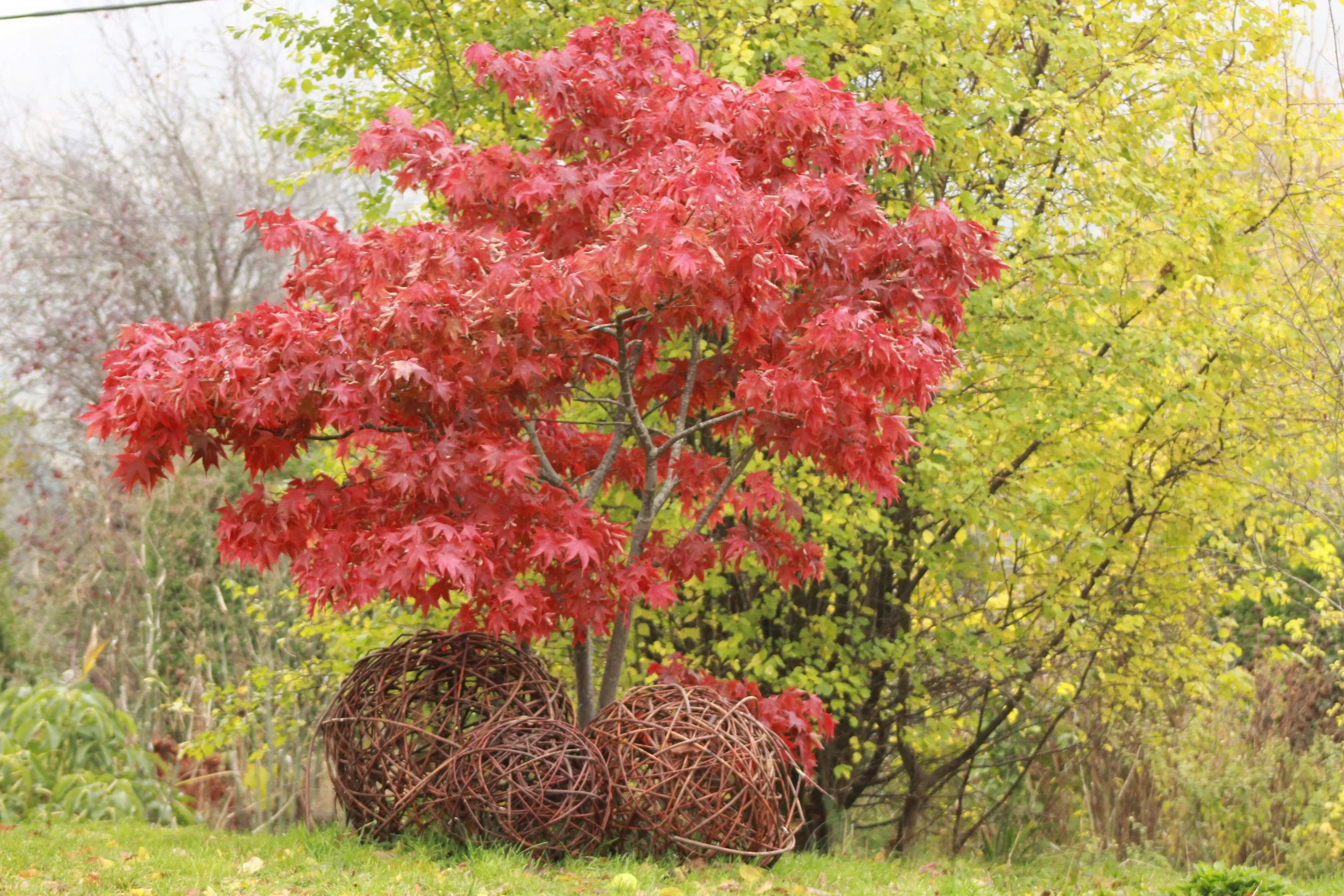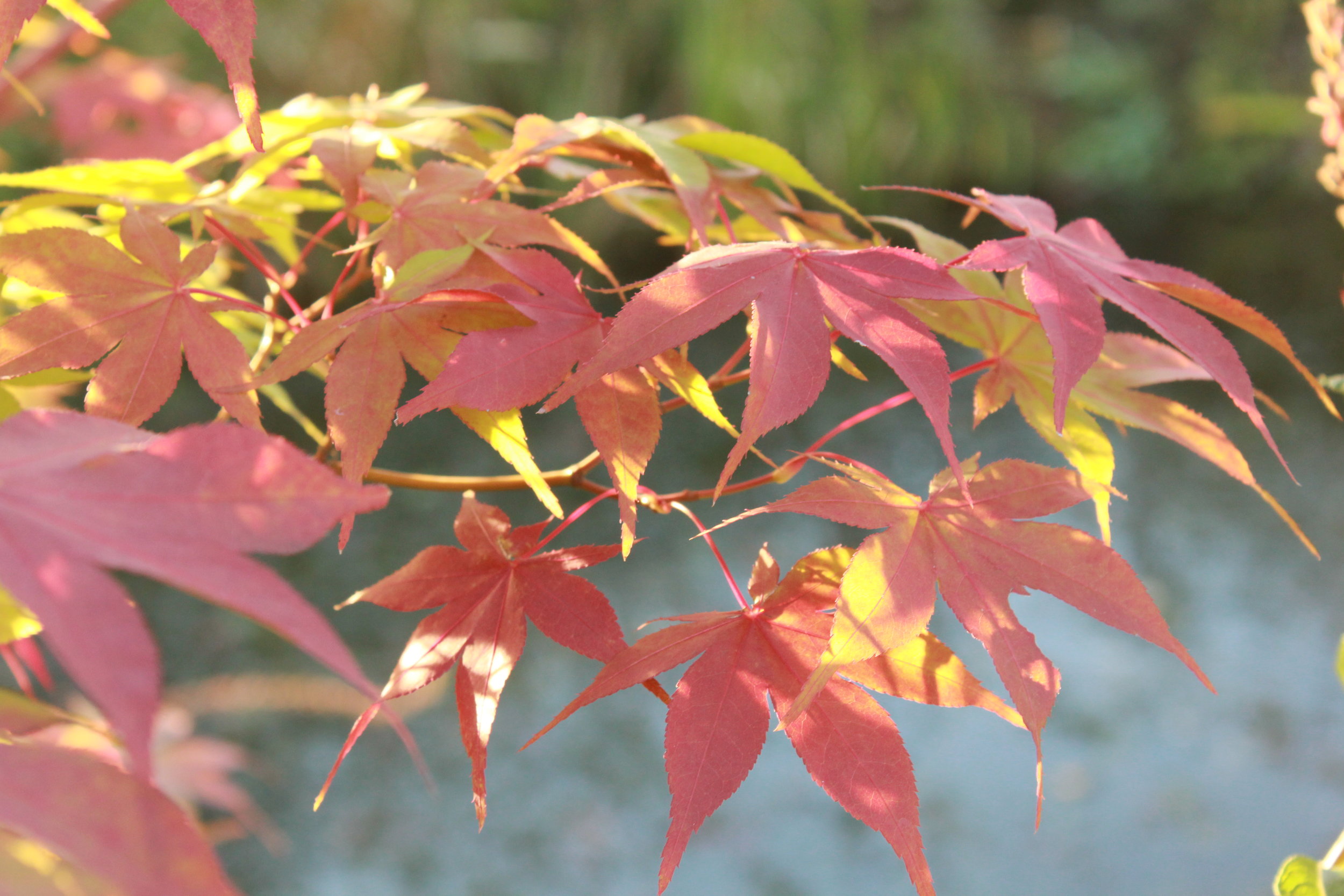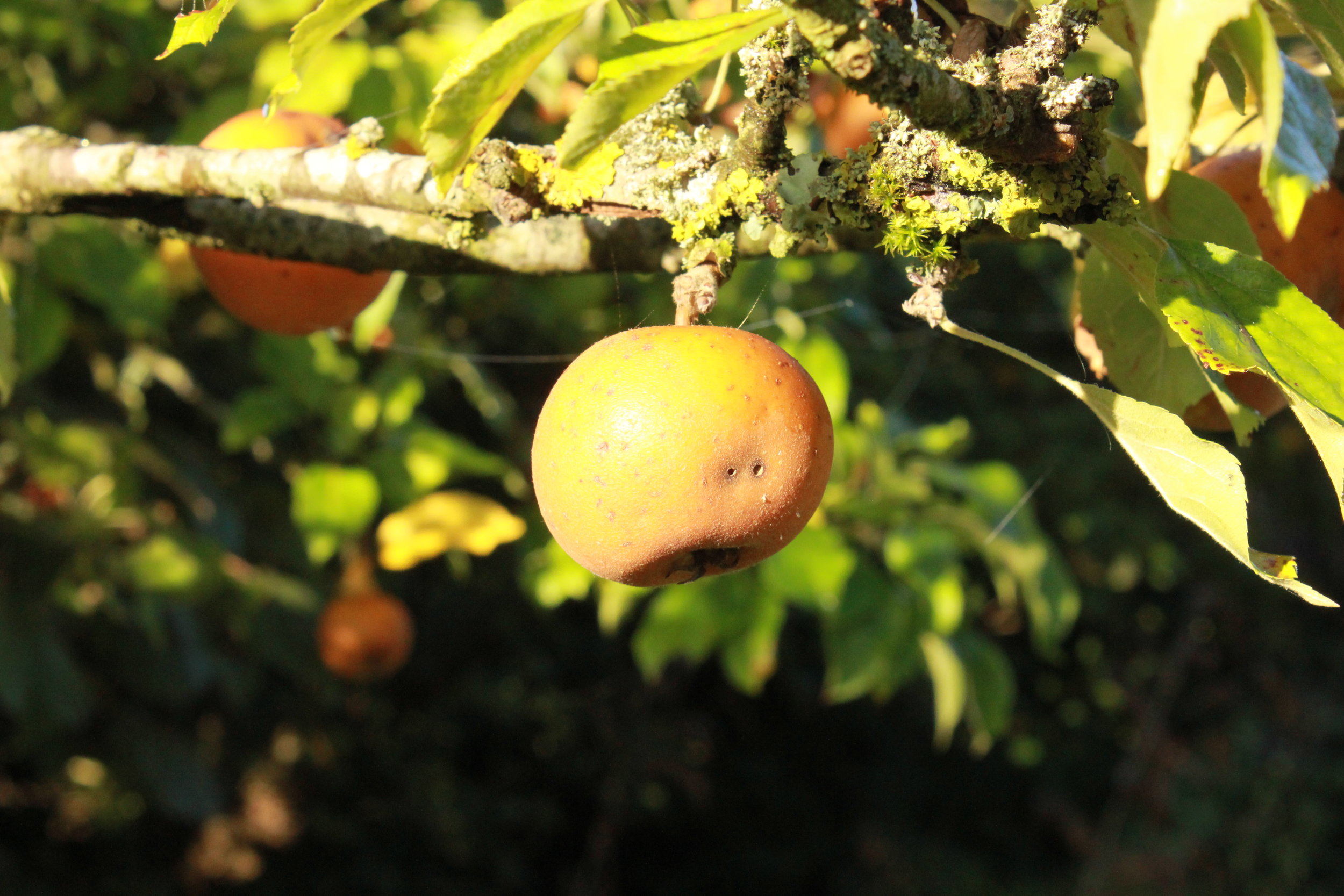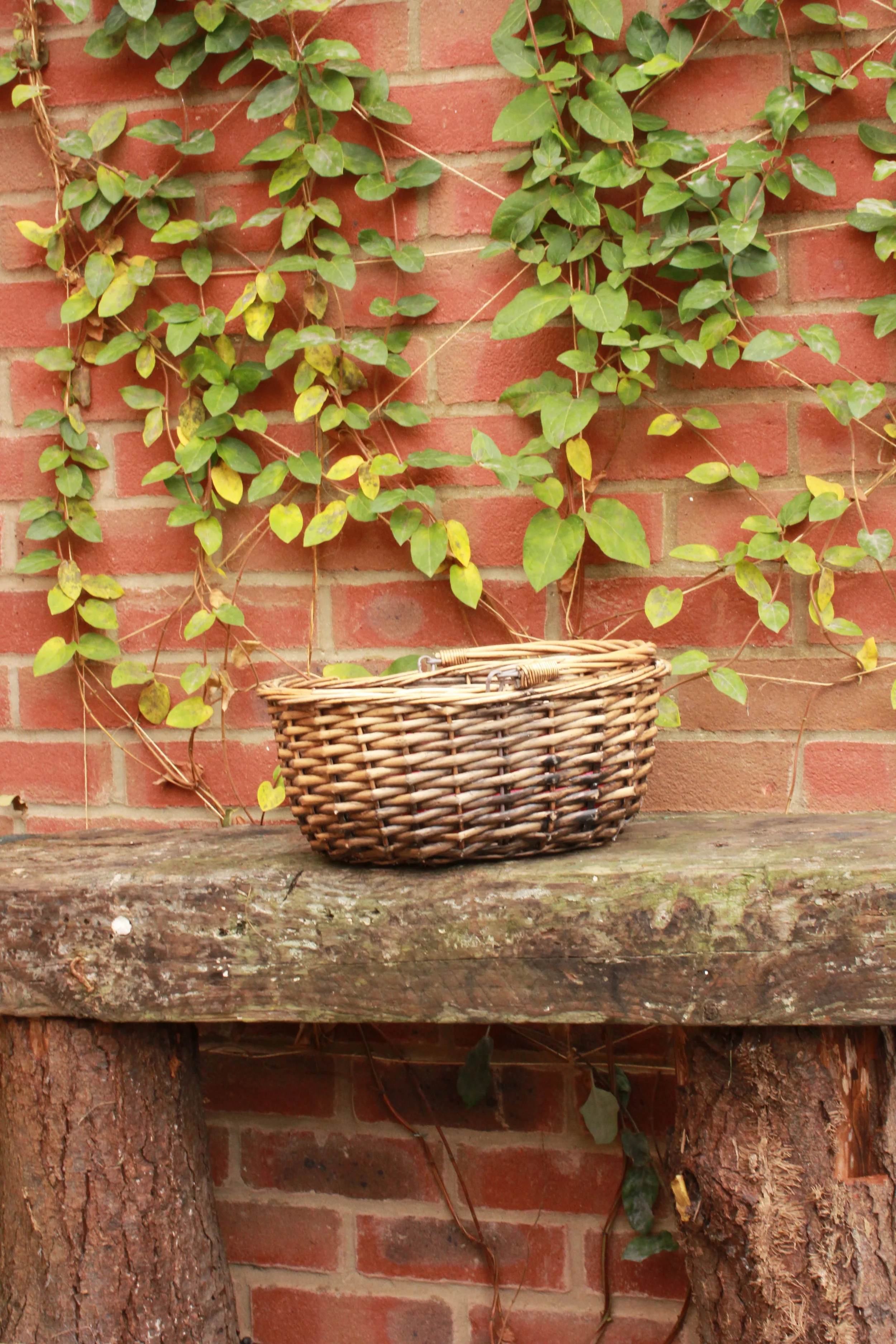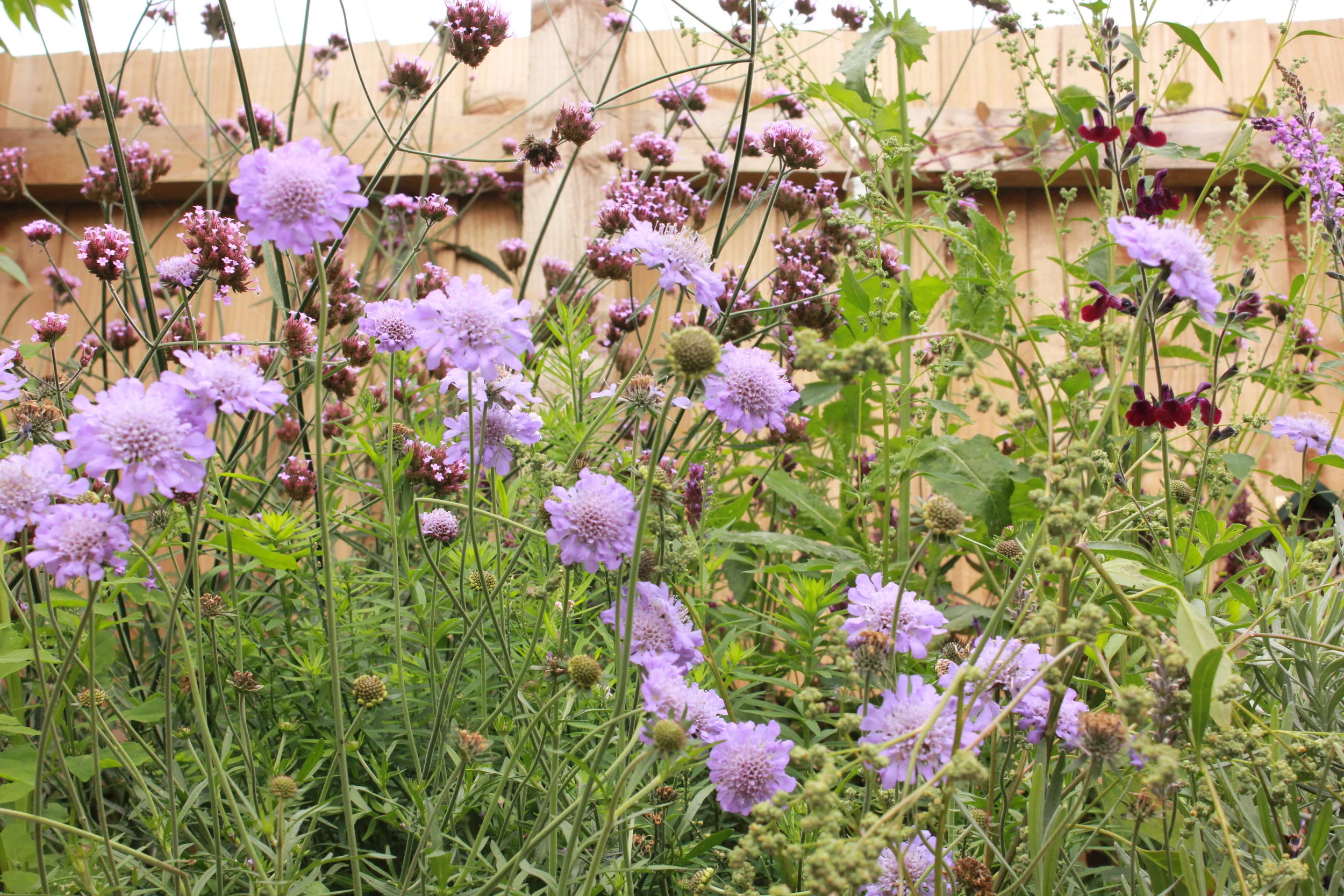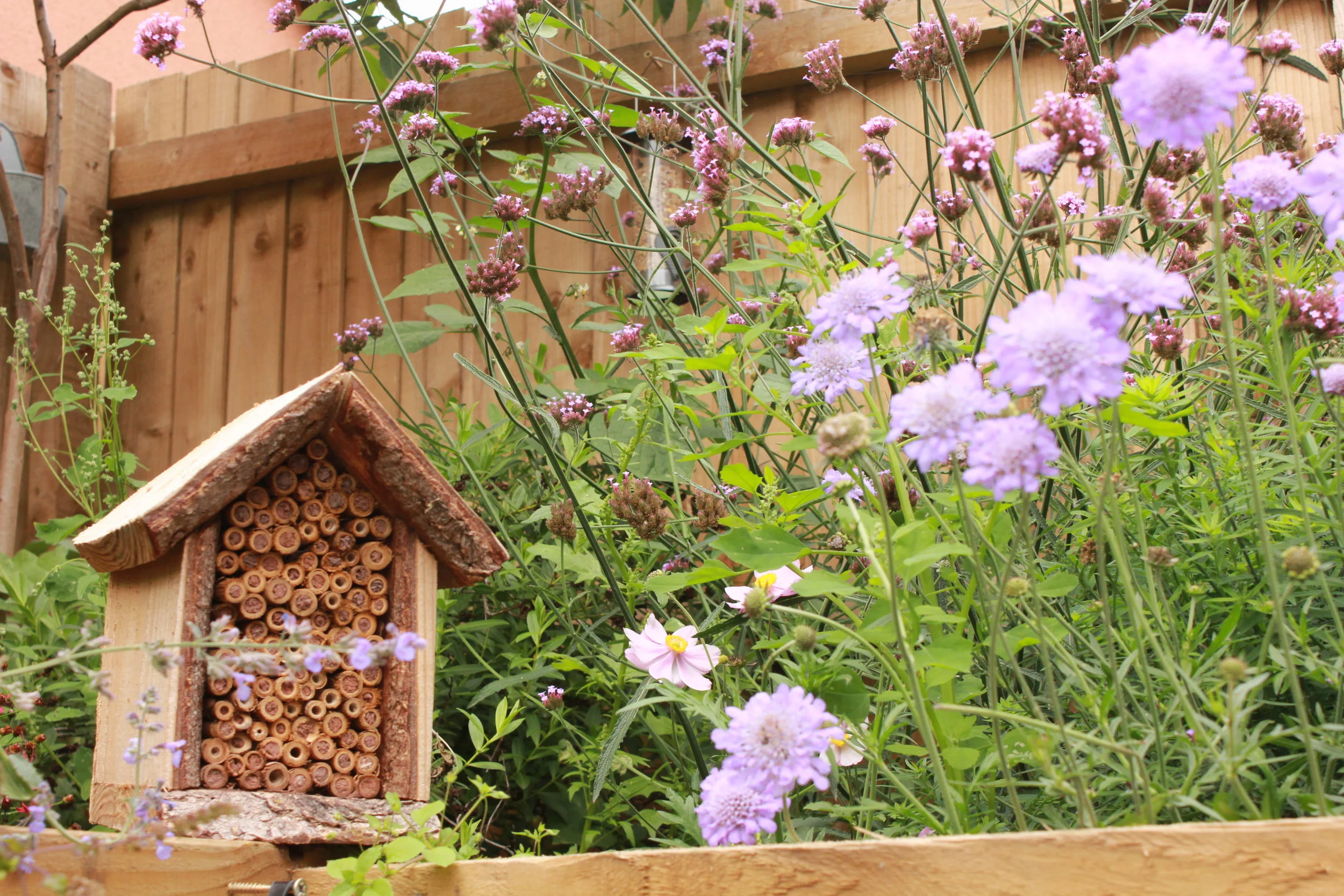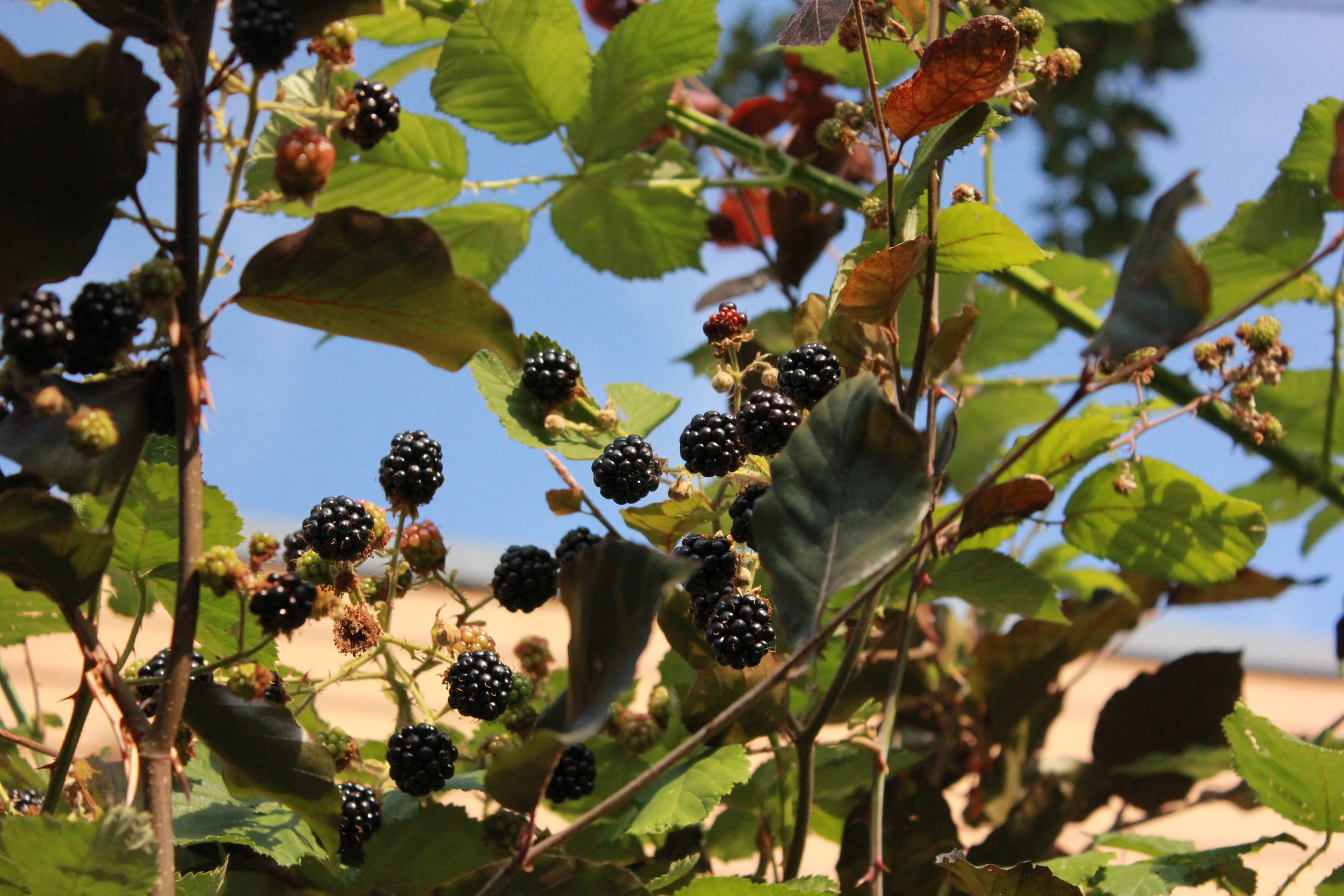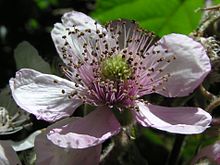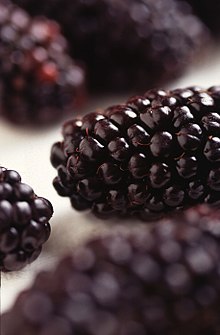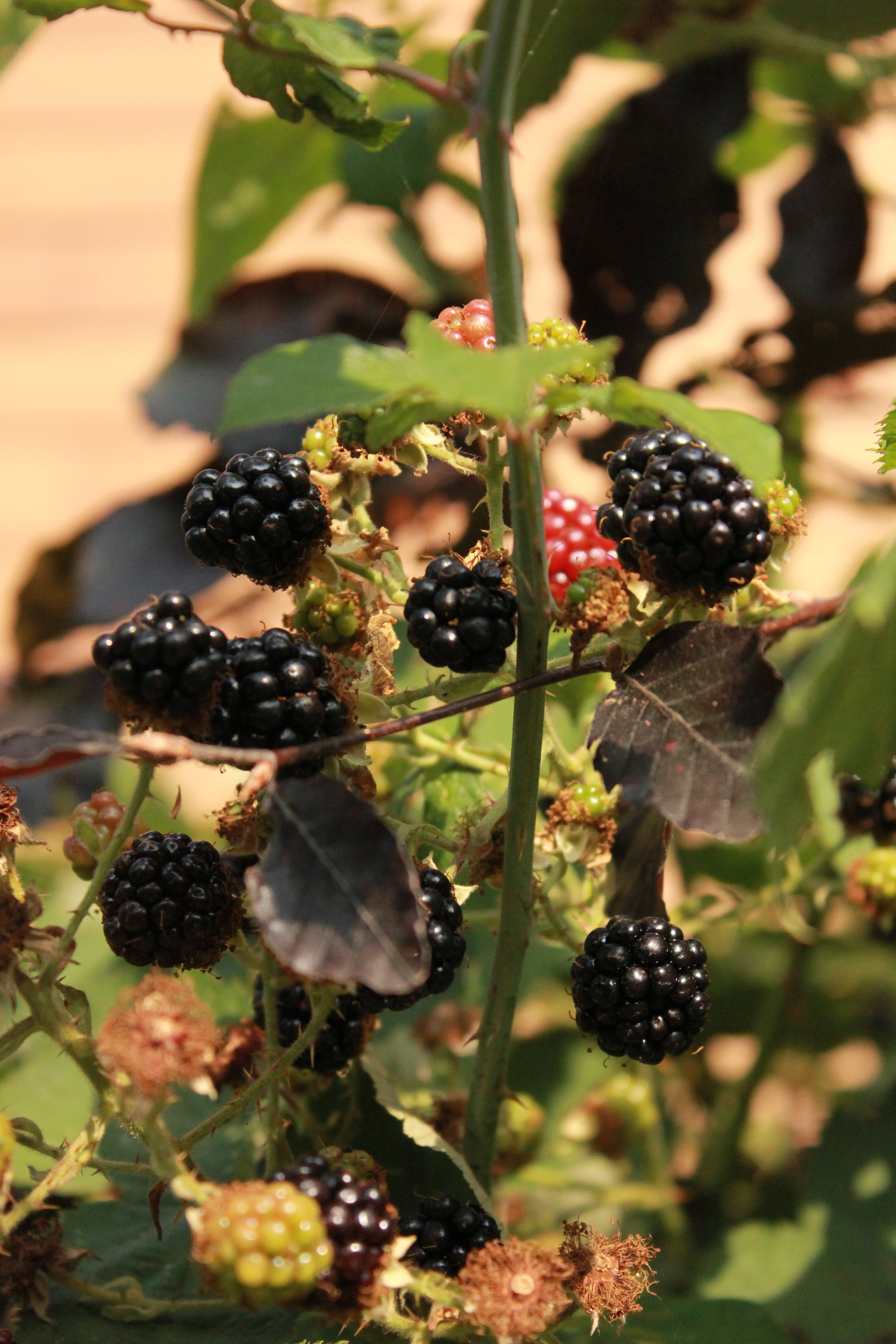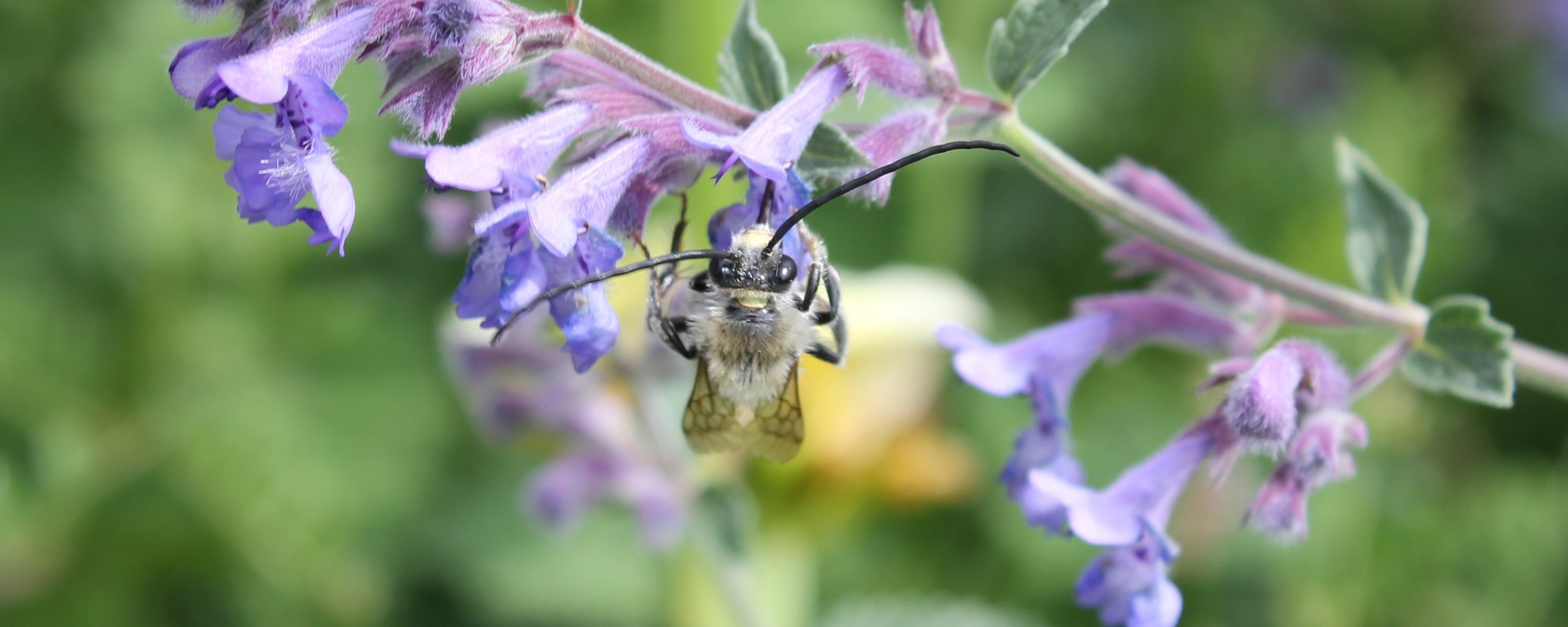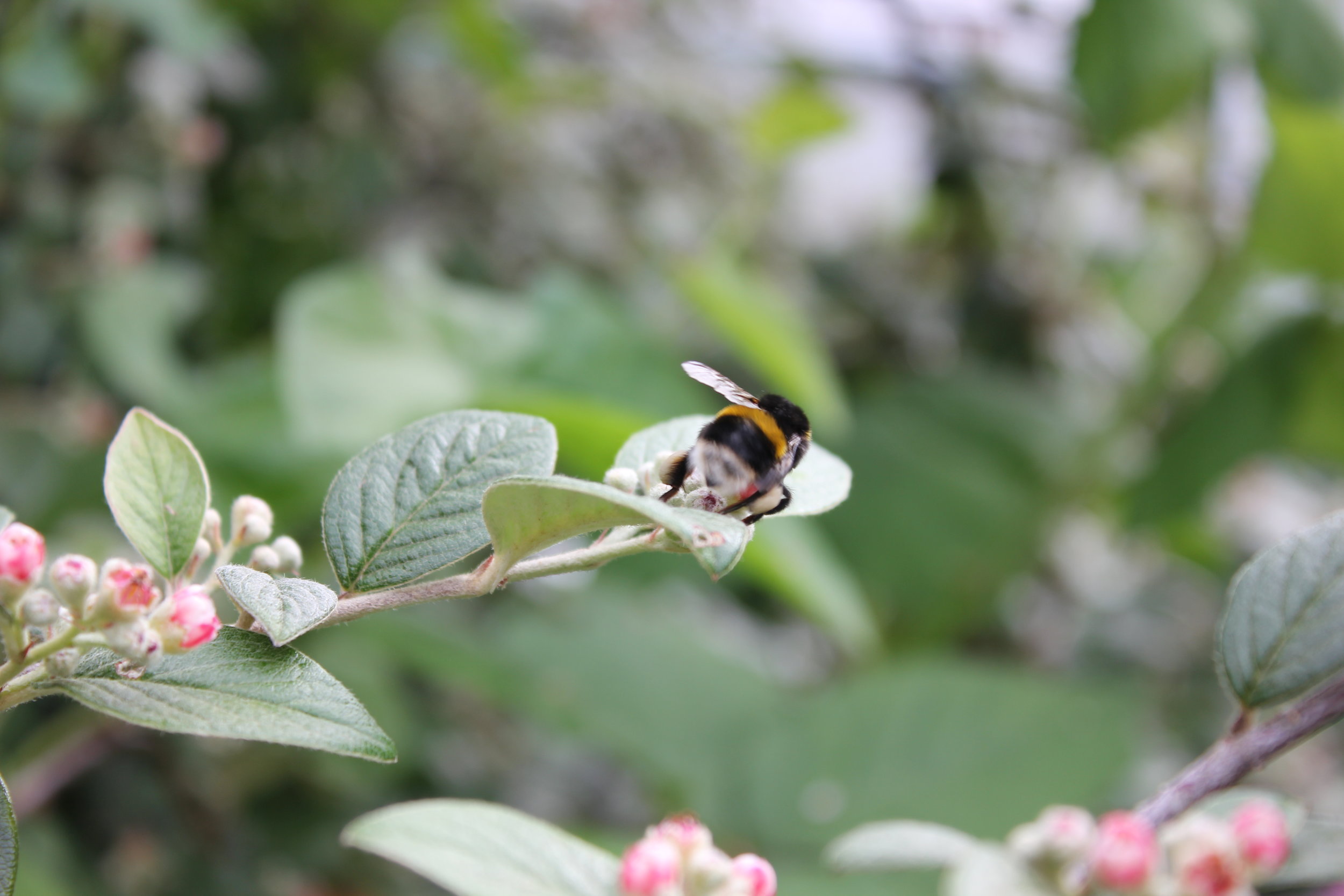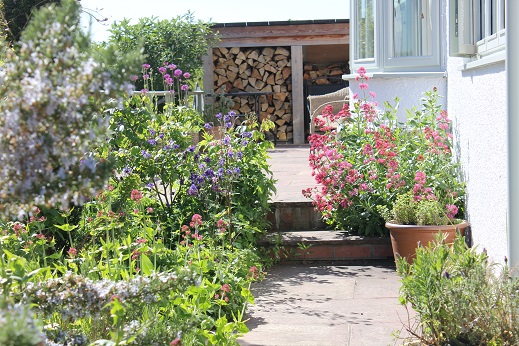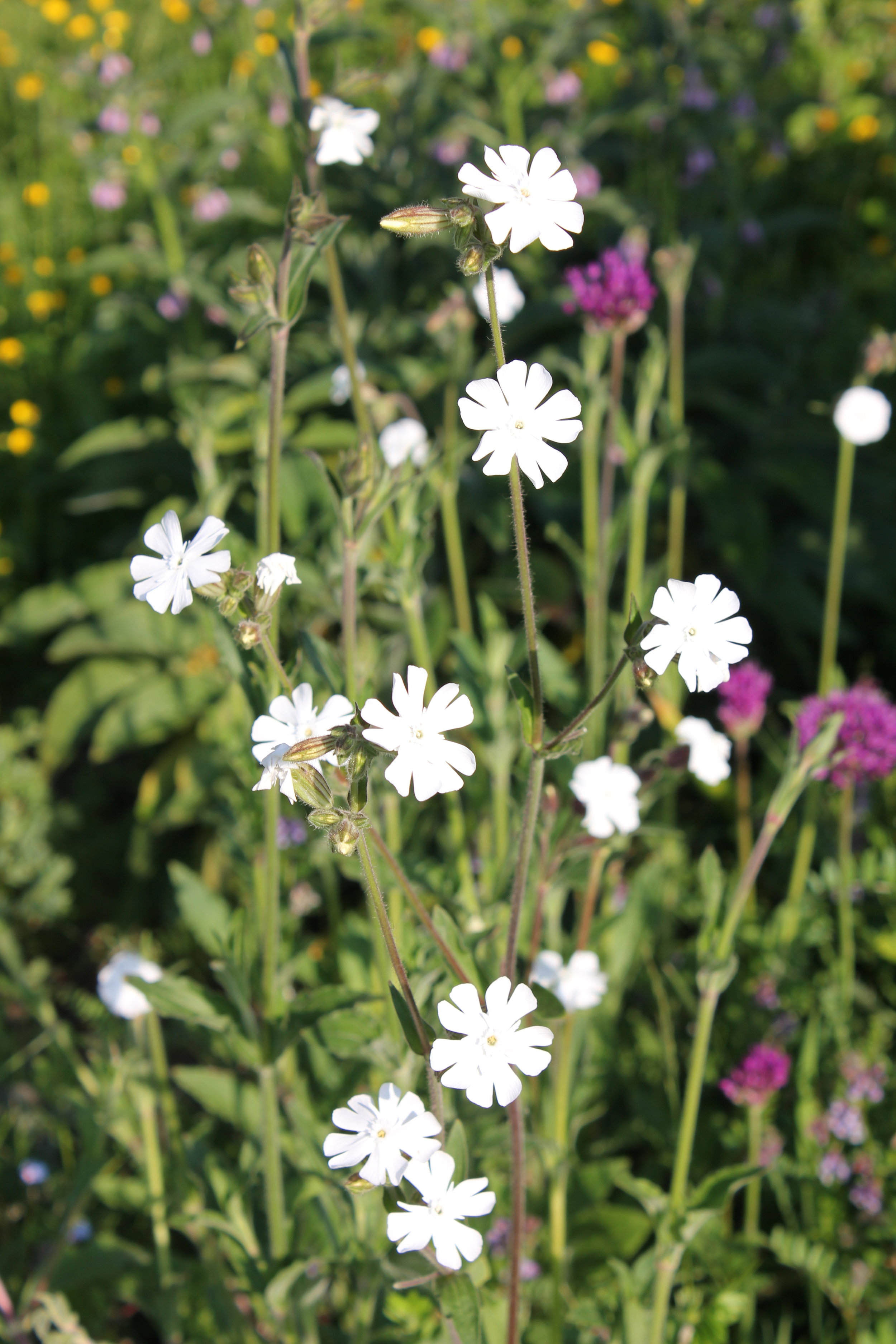I’ve passed a roundabout in my home town of Monmouth at least once a week for over thirty years, often grumbling to myself about the incongruous rectangles of carpet bedding, how out of place they looked, how inappropriate they were sitting askew to the road, deeply cut into the turf under a magnificent and much loved Catalpa tree. Apart from moaning to myself and to anyone who might listen, to my embarrassment all I did about it was moan until I became involved with the community project Nature Isn’t Neat. (For more on the project see blog 29th February 2020)
As we looked at maps of our town selecting areas which might be made more useful for pollinating insects, the place uppermost in my mind was St James Square and as soon as I asked if it could included, another person at the table, Vivien, representing Transition Monmouth signalled her agreement. Unknown to me changes to St James Square had been planned by Transition Monmouth and Monmouthshire County Council for a while, it was obvious I wasn’t on my own and I had my first real encounter with the power of community and local authority cooperation and willingness to get things done.
It transpired there were several of us just waiting for the opportunity to act on this, the officers from Monmouthshire County Council with the ability to sanction and make change were ready and willing to do so, really pleased to see an end to the time consuming annual planting and regular and pointless mowing and they welcomed the idea of sustainable and low maintenance pollinator friendly planting.
I drew up planting plans during the summer of last year and the plants were ordered by MCC’s operations manager for street services and by October we were all set to arrange volunteers to plant. But then it rained and as we all know the rain carried on coming, apart from a short break when MCC managed to board the edges and cover the grass in topsoil, until last week. It stopped on Friday when the plants were delivered to a nearby garden from where on Sunday our lovely local removal man moved them to the square with my husband and we could begin.
I placed all the plants on the ground in their pots exactly where they were to go, that way the volunteers knew just where to plant them, I gave strict instructions not to weed, the existing celandines and dandelions are very valuable to pollinators and are an integral part of the scheme.
Much to my, and especially my husband’s surprise, the planting was done in the day. The volunteer planters worked in shifts, two or three at a time to enable a healthy two metre ‘social distancing’ space between them and although none of them are professionals, some with little planting experience, one only eleven years old, and one completely nonplussed about the lack of ‘weeding’, they were all brilliant.
Heartfelt thanks to everyone involved, from MCC, Mark, Nigel and Jonathan, from Transition Monmouth , Vivien who knows exactly how to get things done and does them, Alison from the RDP and Nature Isn’t Neat, Peter, also from Transition Monmouth, Clare and Charles from Monmouth Green Spaces, Karen from Rotary Community Champions, Mike for the transport, Anna, my kind neighbours Bob and Jim and Tandy, a lovely young lady who saw people planting and wanted to help.
It doesn’t look much yet, but believe me it will be wonderful.
Ps If you’re wondering why the soil went on top of the grass, the tree roots are very shallow and so we couldn’t disturb them by removing it. As the soil excloudes light the grass will die off slowly and add humous to the soil.


